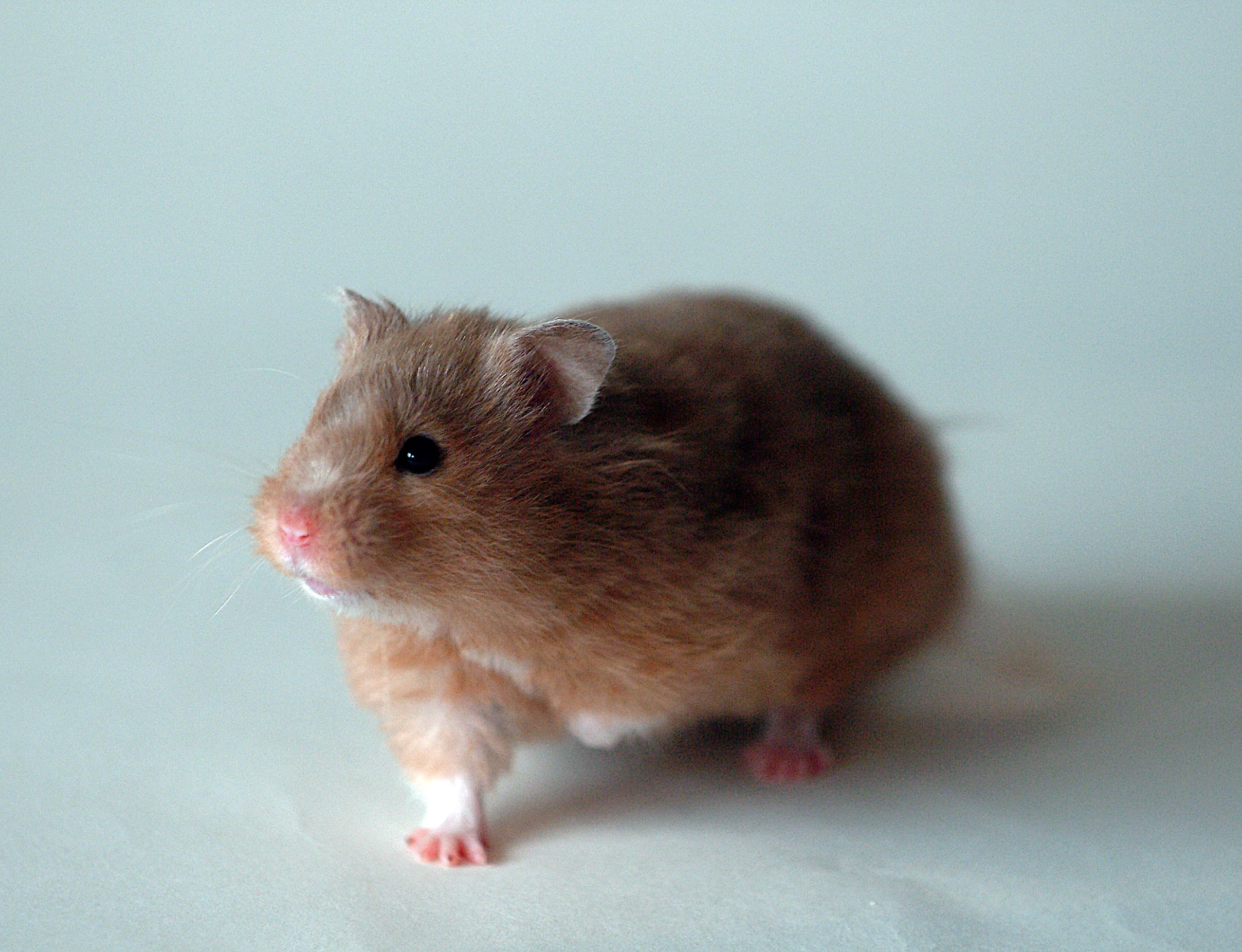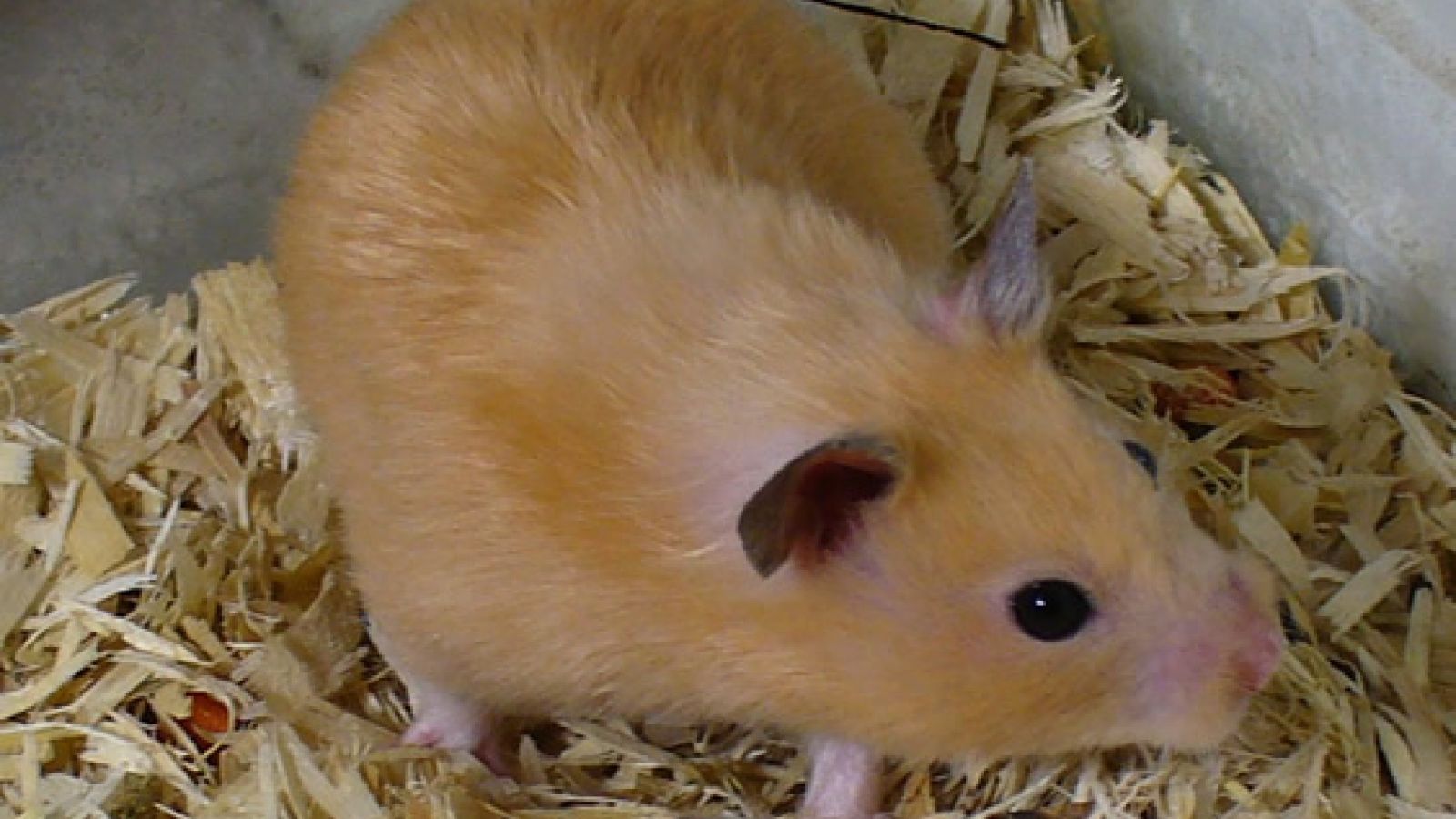Best Hamster for Daytime Activity
When it comes to choosing the best hamster for daytime activity, it’s crucial to understand the different breeds and their habits. One of the most common pets in the small animal category, hamsters have varying activity levels based on their species. Understanding which hamster breeds remain active during the day can enhance the overall pet ownership experience. This guide will delve into various hamster breeds known for being more active and social during daytime hours.
Why Choose a Daytime Active Hamster?
If you have a busy lifestyle or prefer interacting with your pet during the day, selecting a **daytime active hamster** can greatly enhance your experience. Most hamsters are nocturnal creatures, meaning they are naturally more active at night. However, certain breeds, particularly those generally more social, exhibit daytime energy. Understanding these traits can help you foster a more engaging and interactive relationship with your pet. For instance, an active hamster provides the opportunity for during the day playtime, enriching their environment and preventing boredom.
Types of Hamsters: Which Are Daytime Active?
Several hamster breeds are known to be particularly active during the day. The **Syrian hamster** is a popular choice, known for its friendly nature and tendency to be more social. This breed can adapt to a daytime activity schedule, making them ideal for owners who are home during those hours. Other potential daytime active breeds include the **Roborovski** and **Campbell’s dwarf hamsters**, both of which can often be seen running around and engaging during daylight hours. Understanding the specific preferences and energy levels can help distinguish which hamster might be the right fit for you.
Activity Levels of Different Hamster Breeds
It’s essential to know that while some hamsters may exhibit **daytime behavior**, activity levels can still vary significantly by individual. Syrian hamsters are larger and have more space requirements, leading to potentially more vigorous play when they are active. On the other hand, Robo hamsters, despite their smaller size, are known for playful antics and might also engage with their owners during daylight. Choosing a hamster breed that aligns with your lifestyle can improve both your satisfaction and your pet’s happiness.
Creating a Comfortable Environment for Daytime Activity
To encourage your hamster to engage in daytime activity, creating a stimulating and comfortable environment is essential. This includes providing sufficient **enrichment** to keep them active and engaged. Use various toys, tunnels, and exercise wheels to motivate your furry friend to play. Additionally, ensuring that their cage is well-lit during the day (while still allowing for shaded areas for rest) can establish a routine that promotes daylight activity. Maintaining an appropriate temperature and avoiding drafts can also help create a conducive environment for daytime playtime.
Choosing the Right Cage and Accessories
Selecting the correct cage and accessories is vital for fostering daytime activities in hamsters. Large, multi-level cages provide ample space for climbing and exploration, which can encourage more energetic behavior. **Fun toys**, such as chew blocks or climbing structures, keep your hamster engaged. Keeping bedding options biodegradable and soft allows for comfort during downtime, promoting an environment where they feel secure enough to play. For instance, incorporating platforms or hideaways can provide both entertainment and create a sense of security.

Scheduling Interaction and Playtime
It’s beneficial to develop a routine that aligns with your hamster’s active hours. Establishing interaction and playtime during the day will not only strengthen your bond but also keep your pet’s energy levels higher. Use feeding and play as a part of a schedule; for example, let your hamster explore their cage and toys after they eat might encourage a more energetic demeanor. Moreover, subtle cues, like lively interactions or voice tones, can further entice them to engage with you, creating a happy and rewarding environment.
Conclusion: Finding Your Perfect Hammie
Choosing the best hamster for daytime activity ensures that both you and your pet can interact at compatible times. Syrian hamsters and smaller breeds like Roborovski and Campbell’s dwarf are excellent options. By providing a carefully planned environment with adequate toys and scheduling interaction wisely, you can encourage your hamster to flourish and partake in their surroundings during the day. Adopting these strategies will not only improve your relationship with your hamster but also promote their overall well-being, leading to increased happiness for both pet and owner.
FAQ
1. Are all hamsters nocturnal?
Most hamsters are predominantly nocturnal, but specific breeds can exhibit daytime activity, such as Syrian or Roborovski hamsters. Factors such as environment, individual personality, and scheduling can influence their activity levels.
2. How can I encourage my hamster to be active during the day?
Creating a stimulating environment with engaging toys and accessories helps encourage daytime activity in hamsters. Additionally, establishing a regular interaction schedule and keeping the cage well-lighted during the day can also stimulate them to be active.
3. What are the signs that my hamster is happy?
Happy hamsters will often demonstrate playful behaviors, such as running on wheels, exploring their habitats, or engaging with their toys. Additionally, a healthy hamster will have a clean, round body shape and an interest in food and interaction.
4. Should I wake my hamster during the night to play?
While it might be tempting to wake a hamster to play, it’s generally best to respect their natural nocturnal tendencies. Engaging them during the day when they might be more active or alert will yield better interaction outcomes.
5. Can I keep two hamsters together?
Most hamster breeds, especially Syrians, are territorial and should be kept solo. Dwarf hamsters like Campbell’s or Roborovski can sometimes cohabitate but should be introduced cautiously and monitored for conflict. Always ensure compatibility before housing them together.
